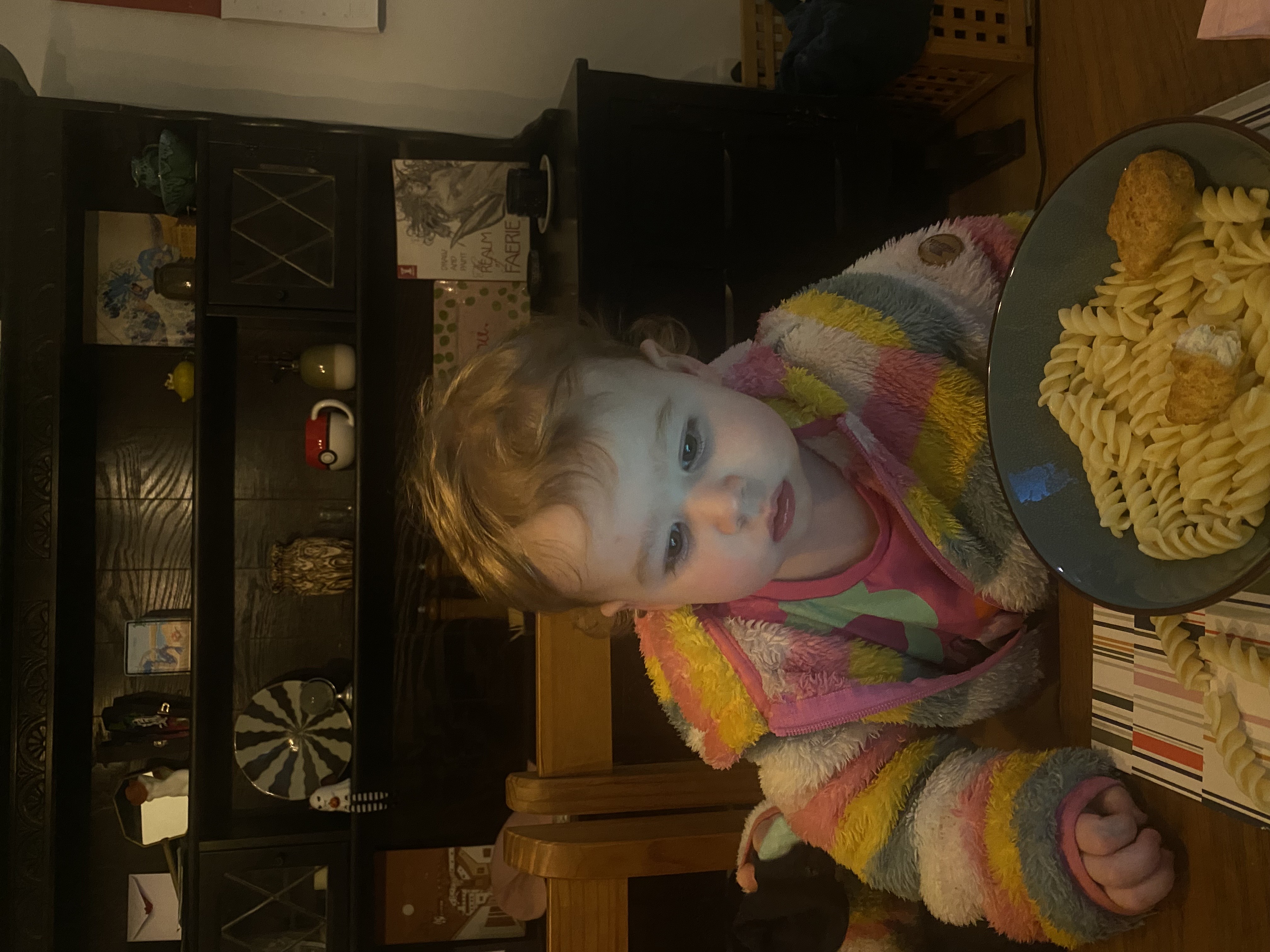health and disease
Cards (24)
- What are communicable diseases?
- What are non-communicable diseases?
- What is a pathogen?
- What are the four main types of pathogens?
- What are diseases caused by pathogens considered communicable?
- What is the life cycle of a virus similar to?
- How long can viruses usually survive outside a host?
- What happens when a virus infects a host cell?
- What is the process called when a host cell bursts due to viral infection?
- What do phages do in the lysogenic pathway?
- What happens to the viral DNA during the lysogenic pathway when host cells divide?
- Why are viruses considered not alive?
- What are the 7 life processes that viruses do not complete?
- Can viral infections be treated with antibiotics?
- Are all bacteria pathogens that cause disease?
- What type of organisms are bacteria classified as?
- How do bacteria differ from viruses in terms of structure?
- What is the main characteristic of protists?
